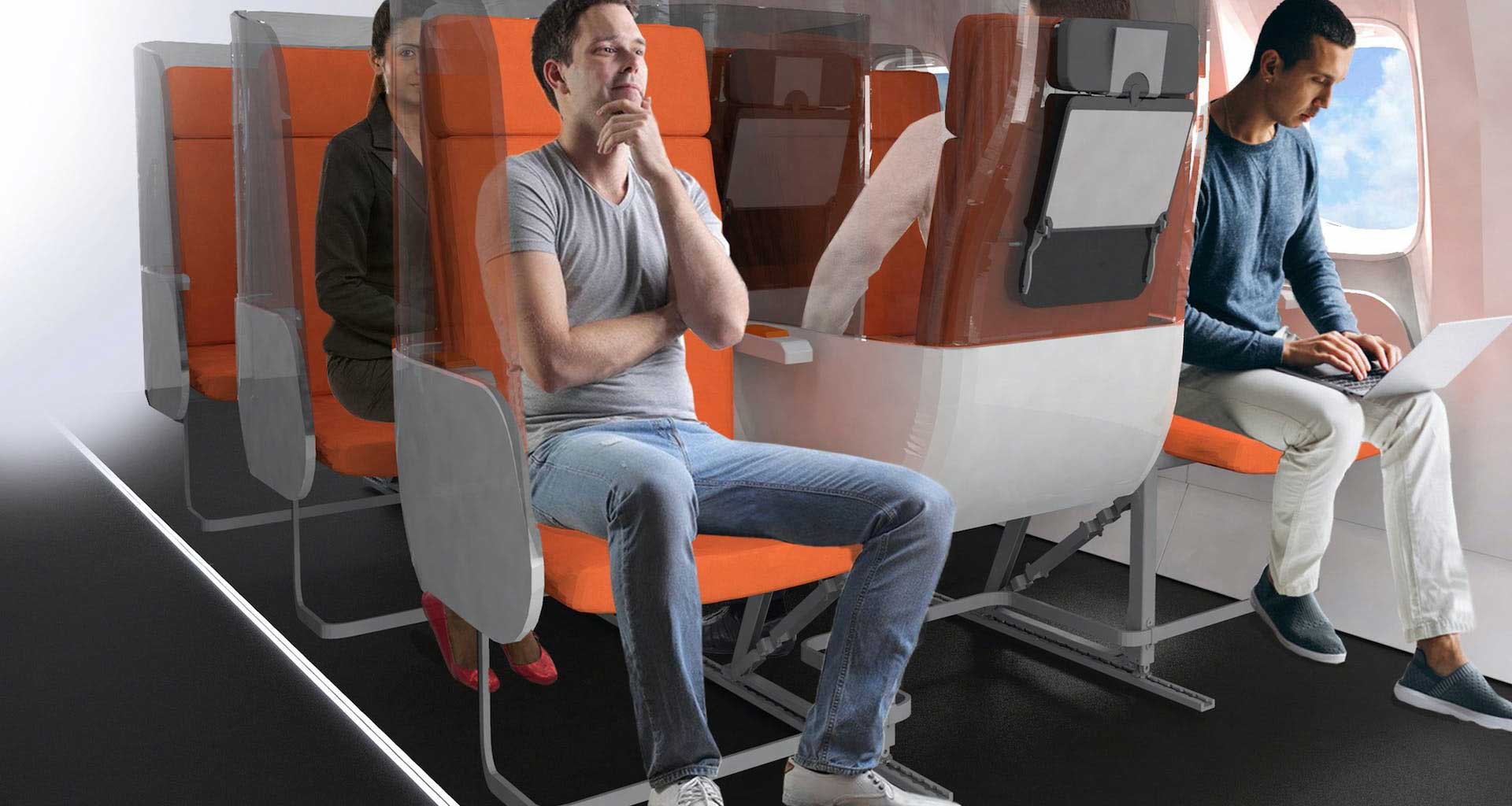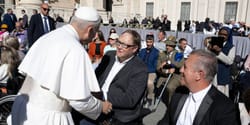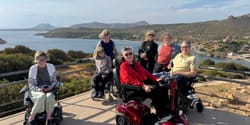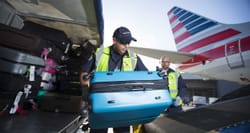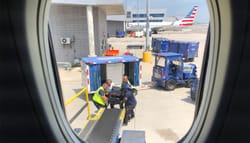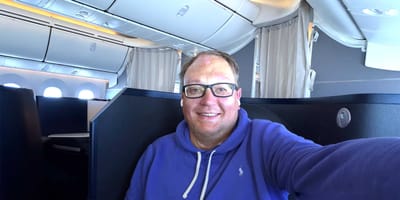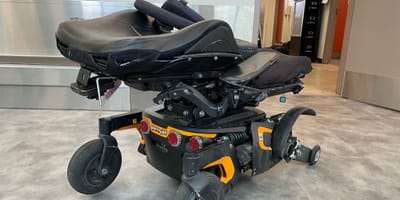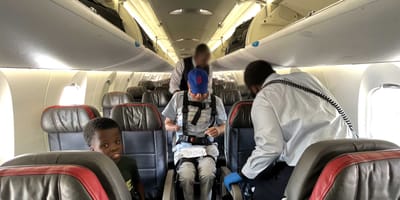The airline industry has introduced a wave of new accessibility barriers to business class seats, but it may not stop there. Privacy walls and partitions for economy class are being pitched in new economy class seat concepts by Italian interiors manufacturer Avio Interiors.
The company’s first of two new concepts is GLASSAFE, a kit which can be installed on existing economy class seats.
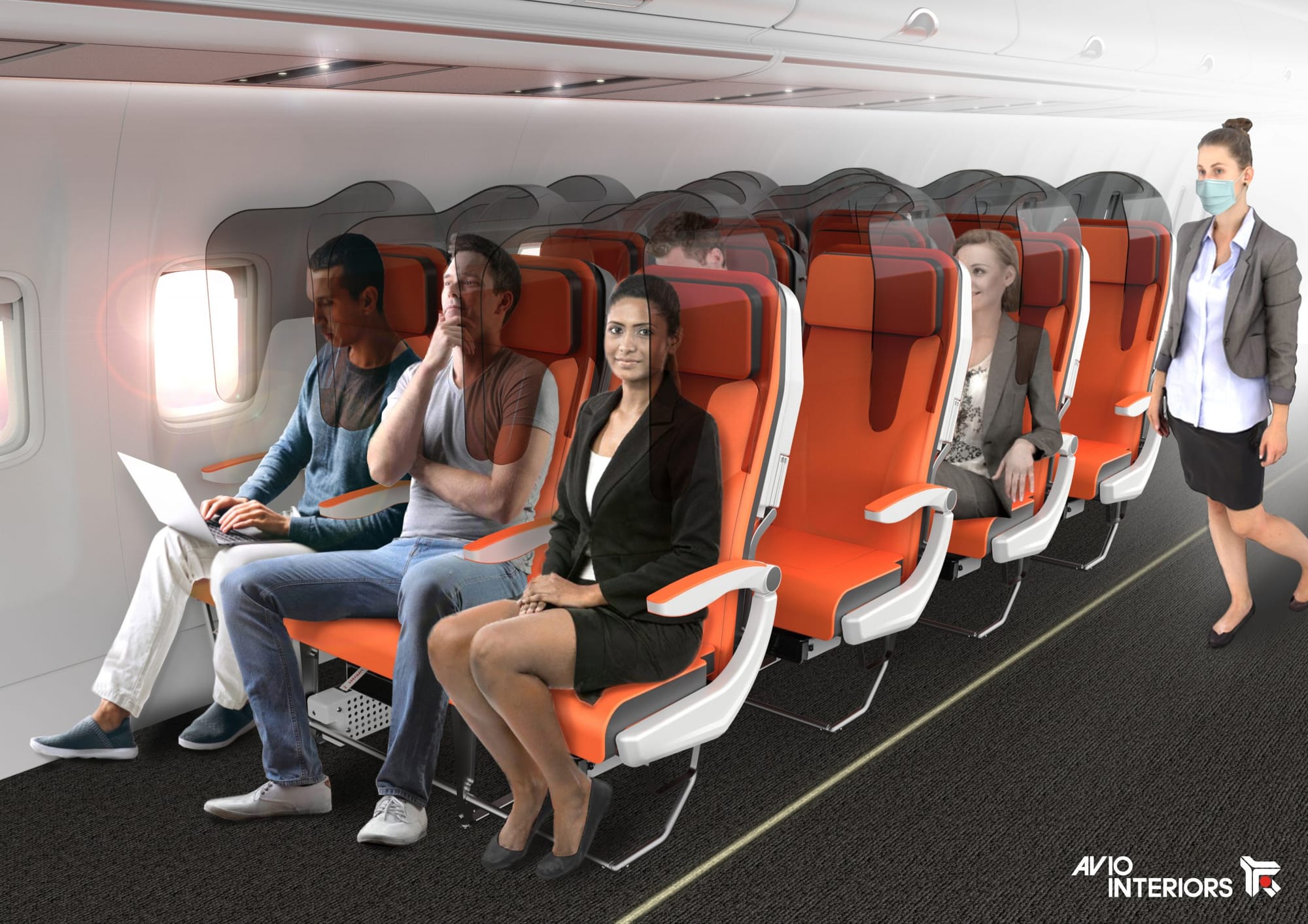
In a press release, the company states that GLASSAFE “is made of transparent material” and can create “an isolated volume around the passenger.” This objective can “minimize contacts and interactions via air between passenger and passenger, so as to reduce the probability of contamination by viruses.”
Given the collective fear surrounding the COVID-19 pandemic, seat designers are conceptualizing new products that would create some form of isolation between passengers — each of whom may be a potential carrier of infectious disease. It makes sense, but placing additional barriers between the seat and the aisle creates accessibility barriers for disabled passengers, and potential safety issues for everyone in an emergency.
While GLASSAFE is described as a removable seat modification, Avio’s second concept is an entirely new seat design.
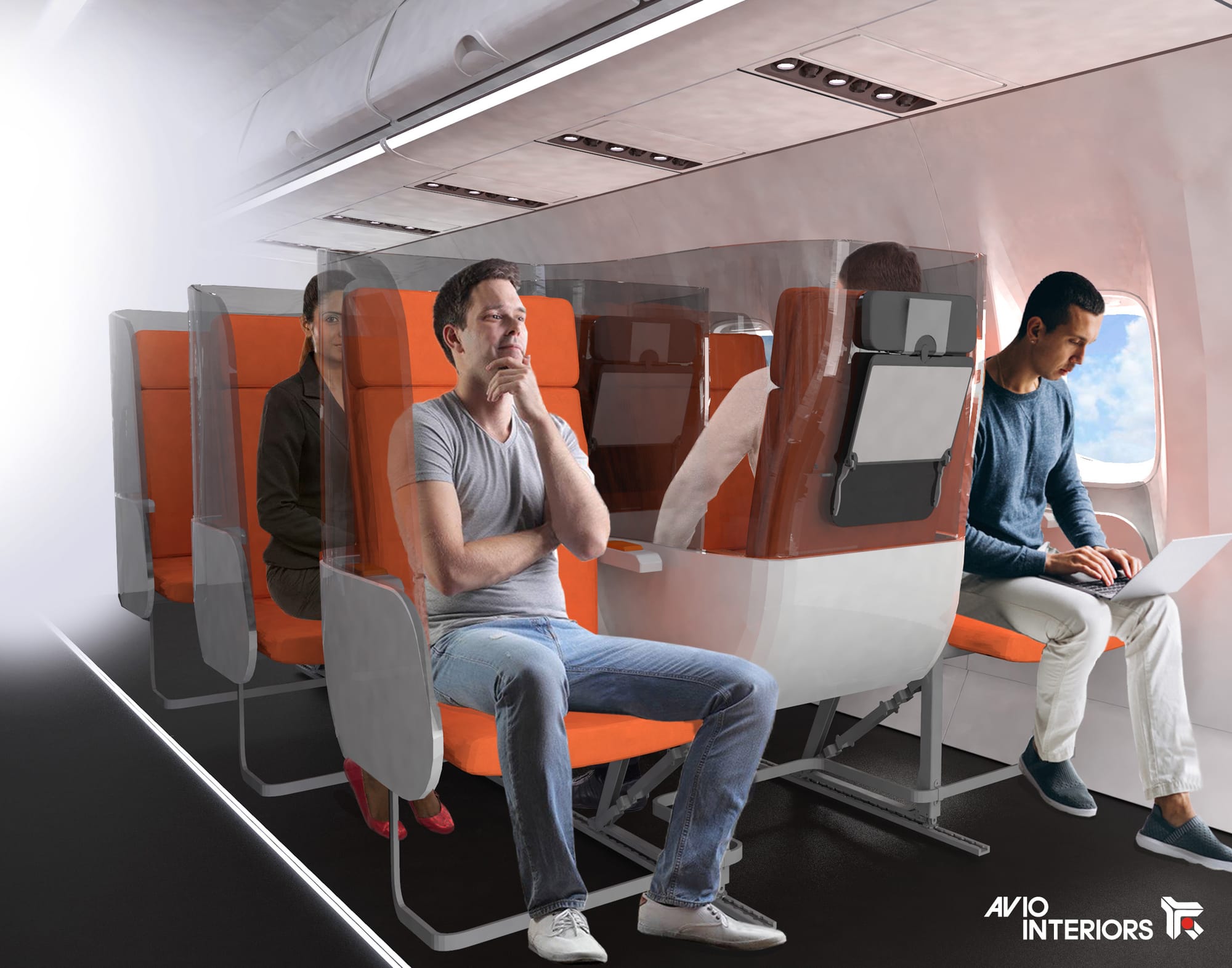
The Janus Seat concept is a “two-faced” economy class seat design, where the middle seat in each row faces towards the rear of the airplane.
Each seat is enclosed with “a shield made of transparent material that isolates them from each other, creating a protective barrier for everyone.” The shield rises on three sides — to the left, right and behind the seat, to prevent “the breath propagation to occupants of adjacent seats.”
The Janus Seat design features a shell that blocks the area most commonly used for transfers to/from the aisle chair, and it appears that immobilized passengers would be restricted to the aisle seat if they could access it at all.
While it is my hope that the Department of Transportation would reject these seat designs for a failure to comply with the Air Carrier Access Act, they have routinely permitted similar barriers to be erected in premium cabins for years. In January, Delta announced that a “fixed headrest allowing increased privacy,” similar in design to the GLASSAFE concept, would be introduced to its domestic first class cabin later this year.
The good news: These worrying concepts from Avio Interiors are just that — conceptual models that could be years away from testing and regulatory review.

